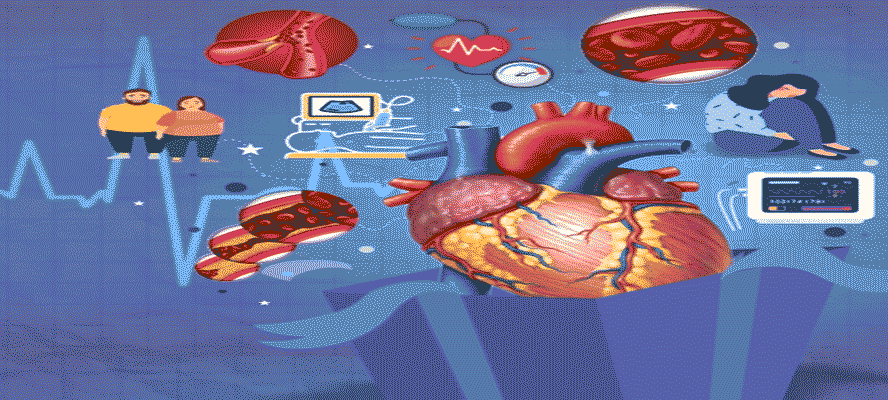Heart, the never-resting organ demands our attention for its continuous efforts. The modern world emphasizes technological advancements that help in providing a realistic foundation to the hypothetical findings of the previous decade. These latest imaging technologies support thorough structural and functional analysis of different body organs prompting researchers to explore a lot more about the rising prevalence of heart problems.








